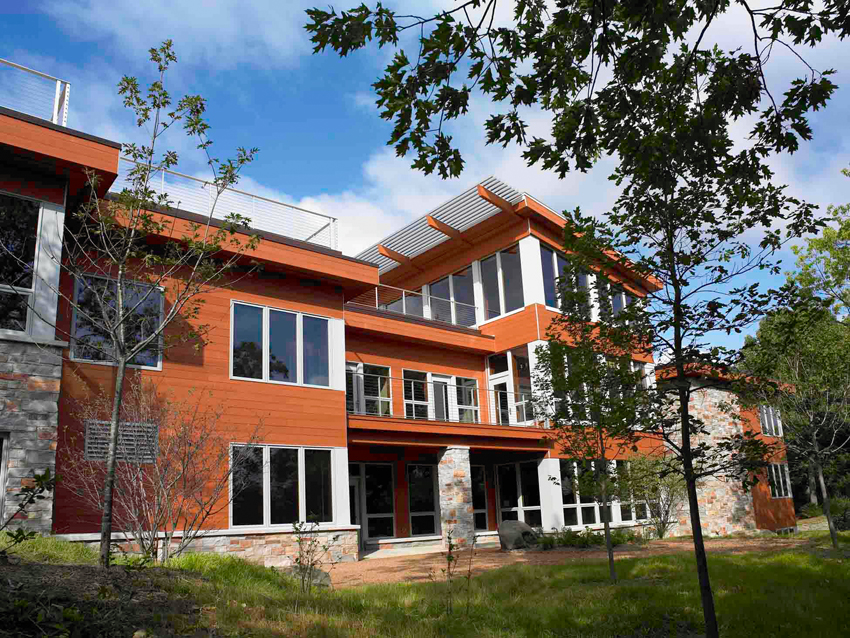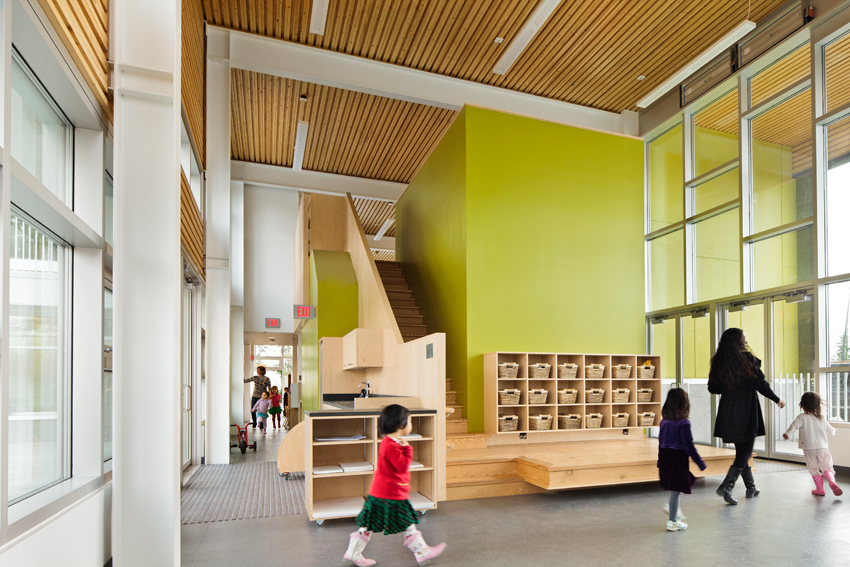Designing Beneficial Spaces for Living, Working, and Well-Being
 1 AIA LU/HSW; 1 IDCEC CEU/HSW; 1 GBCI CE Hour; 0.1 ICC CEU; 0.1 IACET CEU*; 1 AIBD P-CE; AAA 1 Structured Learning Hour; This course can be self-reported to the AANB, as per their CE Guidelines; AAPEI 1 Structured Learning Hour; This course can be self-reported to the AIBC, as per their CE Guidelines.; MAA 1 Structured Learning Hour; This course can be self-reported to the NLAA.; This course can be self-reported to the NSAA; NWTAA 1 Structured Learning Hour; OAA 1 Learning Hour; SAA 1 Hour of Core Learning
1 AIA LU/HSW; 1 IDCEC CEU/HSW; 1 GBCI CE Hour; 0.1 ICC CEU; 0.1 IACET CEU*; 1 AIBD P-CE; AAA 1 Structured Learning Hour; This course can be self-reported to the AANB, as per their CE Guidelines; AAPEI 1 Structured Learning Hour; This course can be self-reported to the AIBC, as per their CE Guidelines.; MAA 1 Structured Learning Hour; This course can be self-reported to the NLAA.; This course can be self-reported to the NSAA; NWTAA 1 Structured Learning Hour; OAA 1 Learning Hour; SAA 1 Hour of Core Learning
Learning Objectives:
- Appreciate the role of architecture and material choice in designing buildings that promote occupant well-being.
- Identify four of the most common design approaches that recognize the positive connection between humans and nature.
- Explain the role of wellness-focused building standards, and recognize the overlap between occupant wellness considerations and existing green building standards.
- Discuss the ways in which buildings can be designed to help reduce stress, promote healing, support learning, improve employee productivity and satisfaction, and enhance retail customer experience.
This course is part of the Wood Structures Academy
Biophilic Design: Natural Elements in the Built Environment Promote Well-Being
One of the most well-known of the approaches to nature-based and wellness-focused architecture is biophilic design. While the overall goal of designing buildings that promote the well-being of occupants is not new, the concept of biophilic design has only been around since the 1980s, when an evolutionary biologist named Edward O. Wilson introduced the philosophy via his book, Biophilia. Acceptance of Wilson’s concepts has grown since, but we are still learning and discovering the true value of healthy buildings.
Biophilia, which literally translates to “love of life” or “love of living things,” is a concept that addresses human connections with nature. The premise behind biophilic design is the idea that incorporating natural elements—water, natural light, green plants, and exposed wood where you can see and feel the grain—into buildings can contribute to the health and well-being of occupants.
Companies like Terrapin Bright Green, a consulting firm dedicated to environmental, high-performance design solutions, have researched the impact of biophilic design. Terrapin Bright Green identified 14 patterns of biophilic design that provide a framework for architects seeking to improve the human experience within a building.6 These patterns include things like visual and material connection with nature, airflow variability, and more. They have also researched the financial benefits of biophilic design, and their comprehensive report, “The Economics of Biophilia,” outlines and estimates the economic advantages of improving a building’s functionality using biophilic design principles.7
Designing for Health and Well-Being
Numerous studies have been conducted to identify the role of nature and natural elements like wood in designing buildings that promote health and well-being.
Stress Reduction
Studies show that stress can be reduced and mood can be enhanced by linking a person’s environment with nature. A study conducted in 2010 at the University of British Columbia by Dr. David Fell tested the stress-reducing effects of wood and plants in the context of an office environment through measurement of the two branches of the autonomic nervous system, which are responsible for physiological stress responses in humans.9
In the study, 119 university undergraduate students were assigned to one of four rooms: the first had both wood and plants, the second had wood and no plants, the third had plants but no wood, and the fourth had no wood and no plants. The experiment measured student reaction in the four rooms over a 10-minute baseline period, conducting a 12- to 20-minute stressful task, then with a 10-minute recovery period. Subjects exposed to wood had lower sympathetic nervous system (also known as fight for flight) responses in all periods of the study. No treatment effects were found with respect to parasympathetic activation or the recovery from stress. According to the study, “The practical implication of this effect is that wood may be able to be applied indoors to provide stress reduction as a part of the evidence-based and biophilic designs of hospitals, offices, schools, and other built environments.”
A survey of 1,000 indoor Australian workers conducted for Forest & Wood Products Australia found that those in offices with more exposed wood were more likely to rate their stress levels as ‘good’ when compared to those who worked in office spaces with little or no wood surfaces.10
Healing and Recovery
A study by Roger Ulrich compared patient outcomes in those with views of a brick wall versus those who saw nature and trees. While patients had the same type of surgery and were matched for other demographics, patients with windows that looked out on trees and landscape had improved patient outcomes—from shorter hospital stays to enhanced mood and less reported pain.11
A 2005 study of 89 patients undergoing elective spinal surgery also found that patients exposed to increased intensity of sunlight (i.e., ‘bright’ rooms) during recuperation from surgery reported less perceived stress, marginally less pain, and took 22 percent less pain medication per hour.12
Use of wood can also contribute to well-being when used as finish in the interior of a building. Researchers conducting a study in 2019 with patients at the National Oncology Institute in Bratislava, Slovakia, found a positive physiological reaction when test subjects were surrounded by wood materials.13 The study tested the impact of natural materials, primarily wood, in a health-care facility waiting room.
The study measured physiological parameters of 50 volunteers sitting in a waiting room. One waiting room was of the original design, and the other was reconstructed to add solid pine wall paneling and ceiling cladding, along with wood-clad seating areas. Researchers recorded the EEGs (electroencephalographs) of volunteers before entering and after a 20-minute stay in the wood waiting room. Specifically, they measured the ECG (electrocardiograph), heart rate (HR), and respiration activity; they also observed blood pressure and cortisol levels. EEG analysis showed a decline in EEG (α) and EEG (β) waves in the new wooden waiting room, and they also found a decrease in blood pressure.













